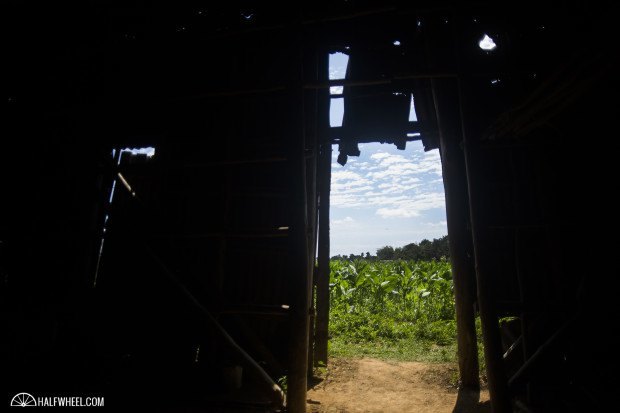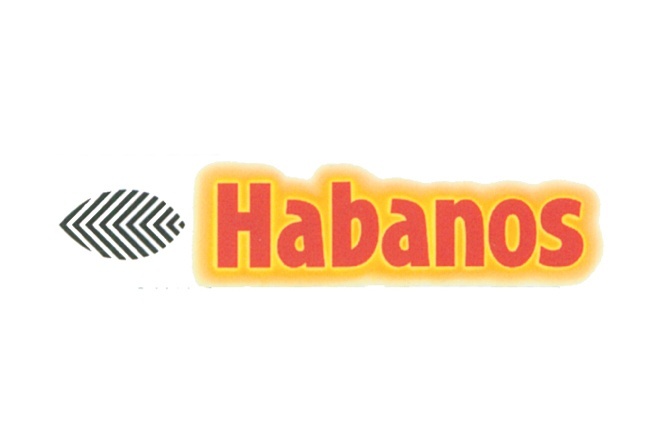Day two of the Habanos Festival started much the same as the first: with me waking up at 4:30 a.m., getting ready and taking a cab to a government building in order to board a bus that would take us to the Pinar del Río province, which is the westernmost region of Cuba. After waiting for more than an hour—hey, it’s Cuba—the bus finally arrived and all of the journalists that signed up for the trip climbed aboard.
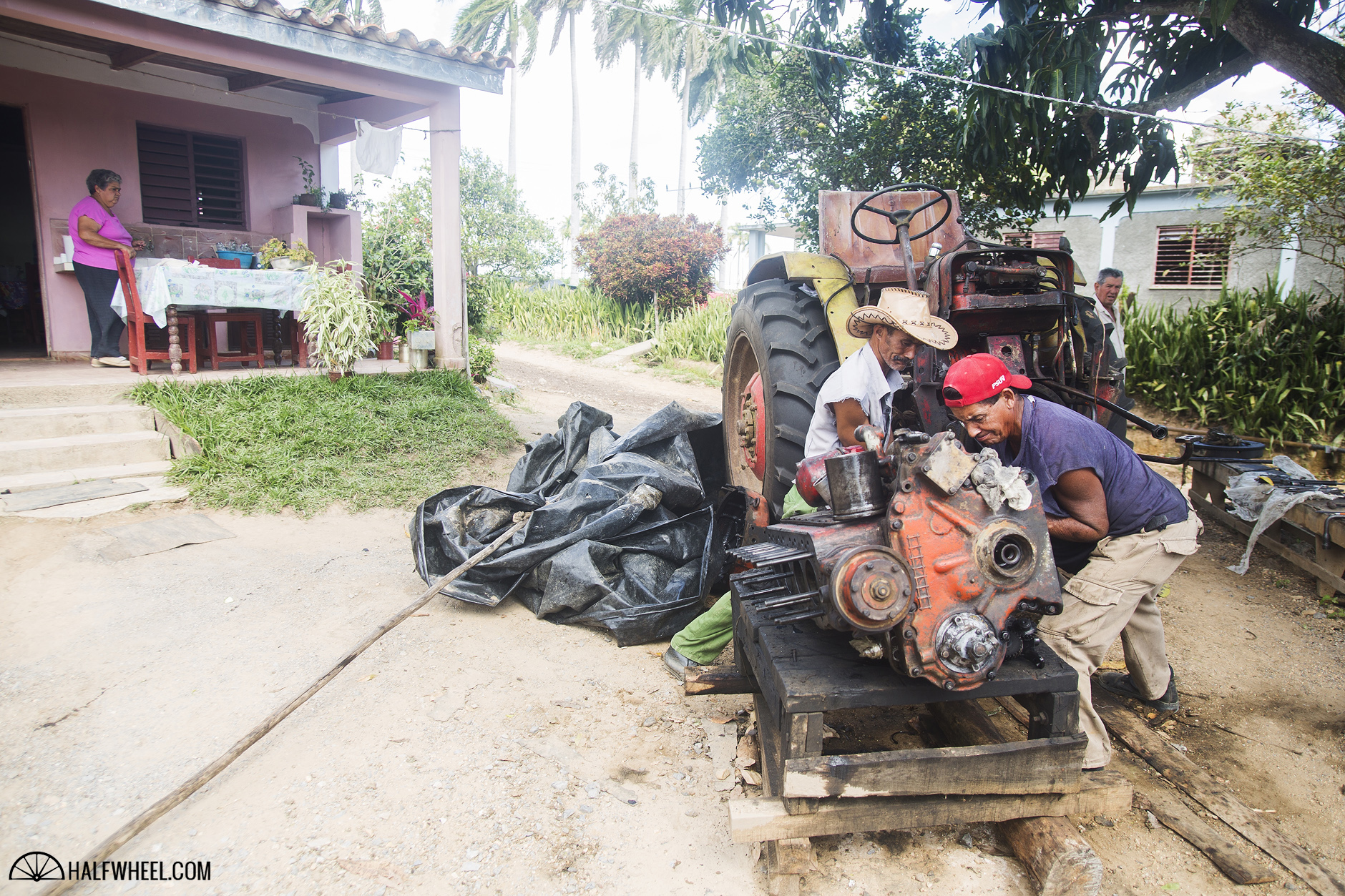
We were told it would take about 2 1/2 hours, but unfortunately, the trip actually clocked in at three hours and 45 minutes. We were let off the bus and walked about three-quarters of a mile to some tobacco fields and curing barns, along with a place outside for everyone to sit and smoke. I lagged behind the group to take some photos, and as a result ran across some of the farmers working on one of their tractors, which I photographed before moving on.
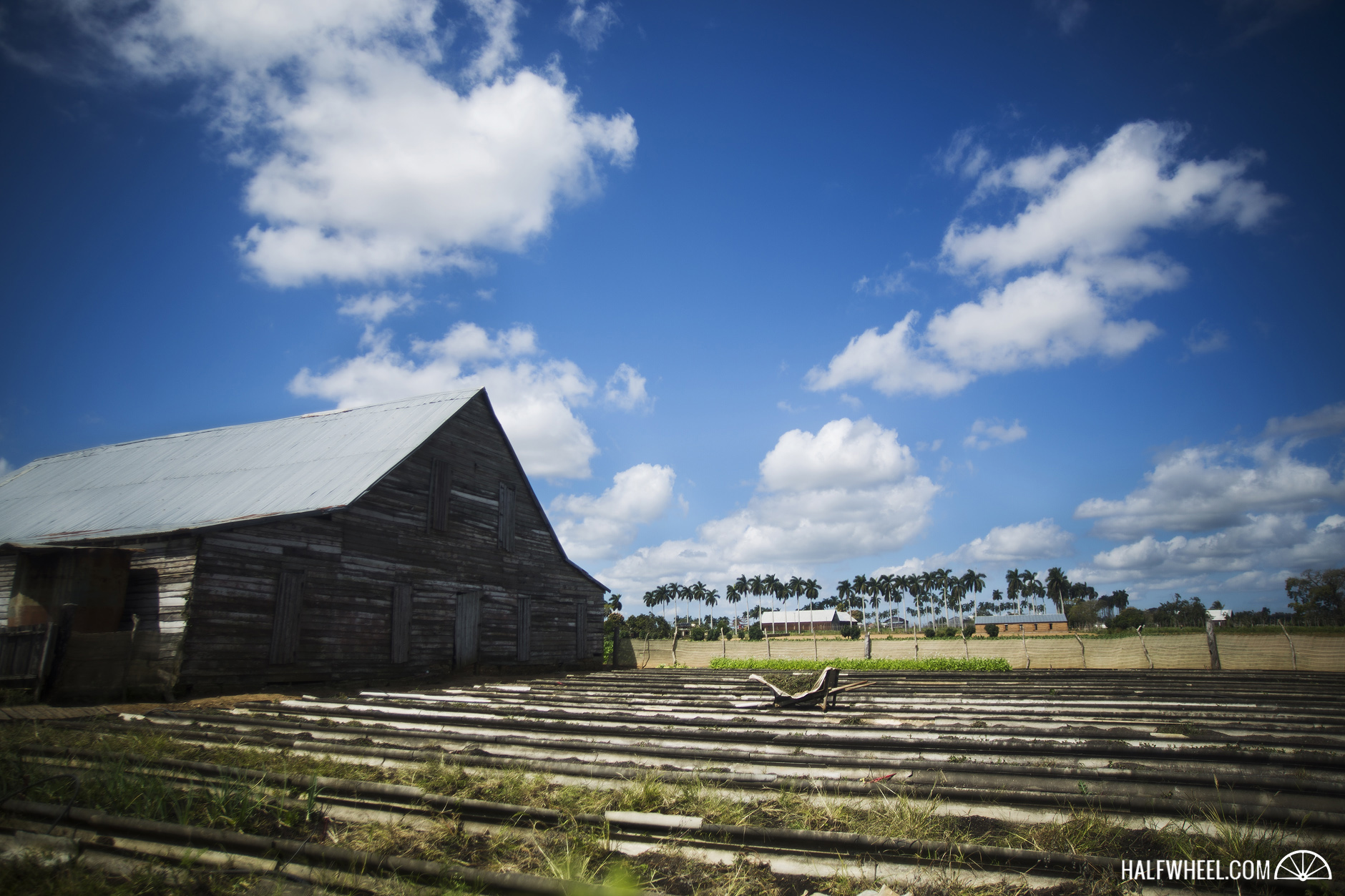
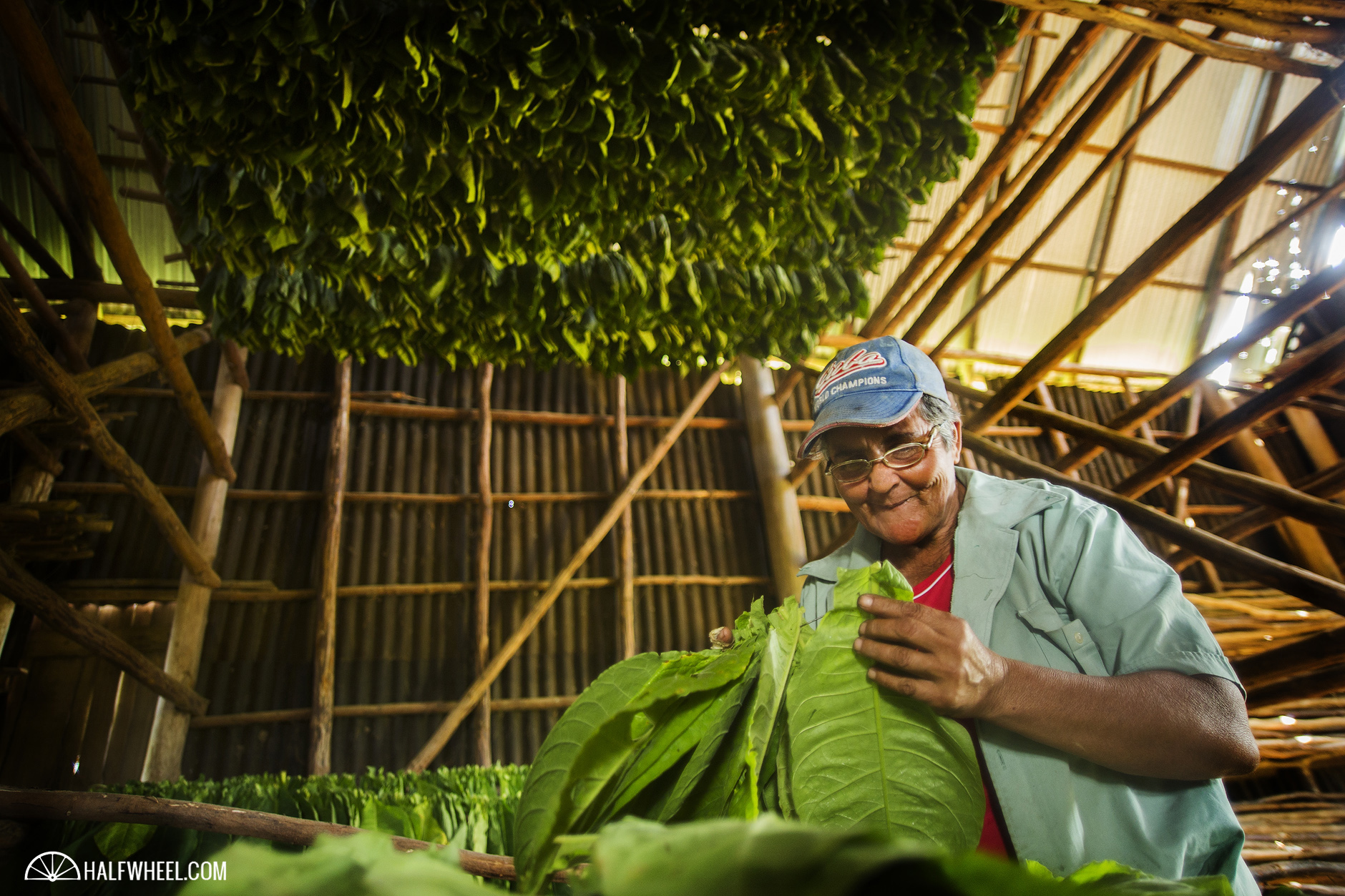
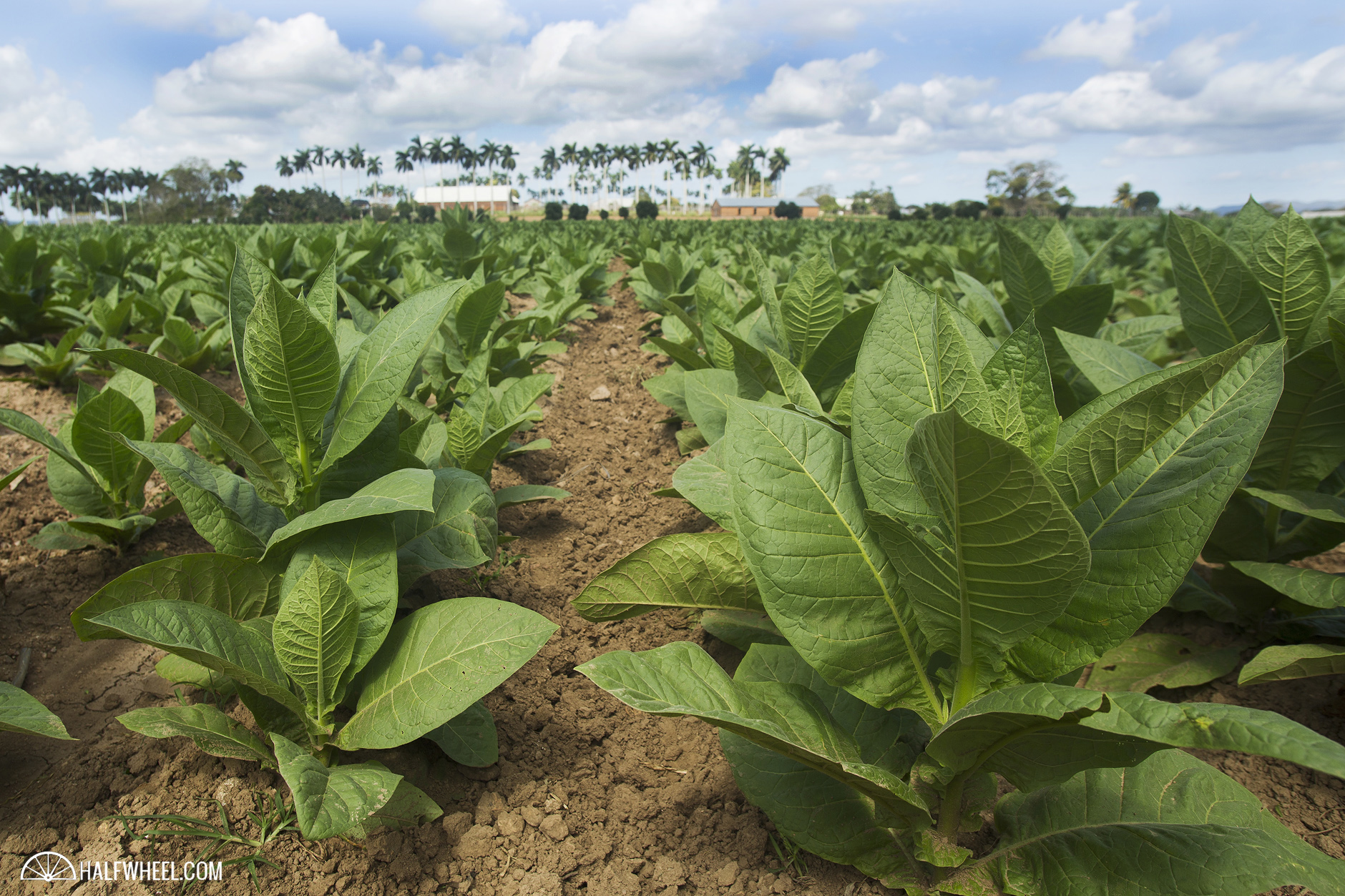
I have been to tobacco fields in both Nicaragua (many times) and the Dominican Republic (once), and to be honest, there are not many differences between all three places. The barns look a bit different, there were more domesticated animals running around in Cuba, but tobacco looks like tobacco, especially when it is a foot tall growing in the fields.
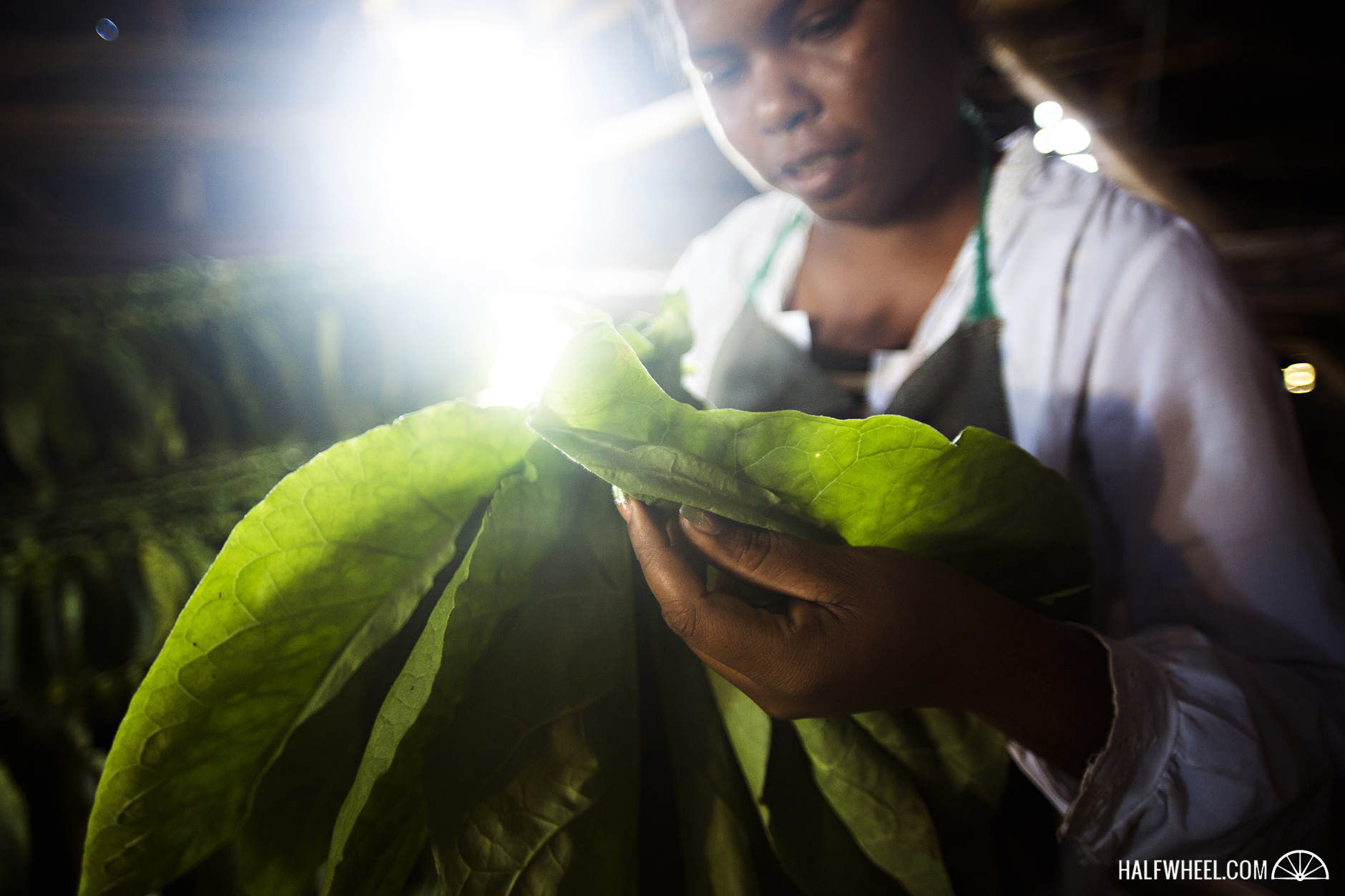
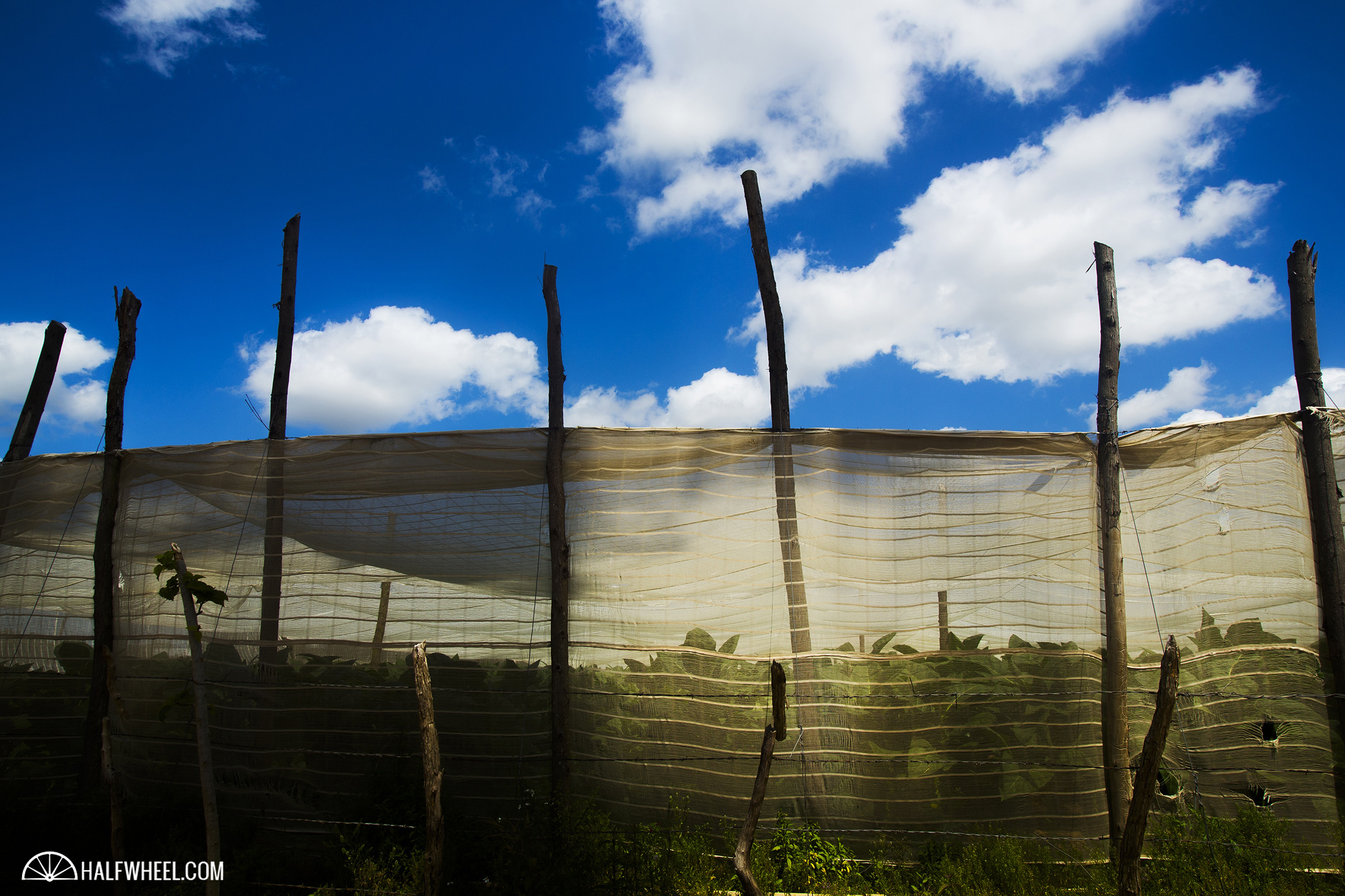
As everyone in the group wandered around, we found a few workers stringing tobacco leaves up to cure, I could not help but wonder if they were put there specifically for us to photograph, since they were pretty much the only ones anywhere near the barns. The ladies were working hard, and did not mind us taking photographs, but there were only two barns that we were allowed to go into, and the other one was empty.
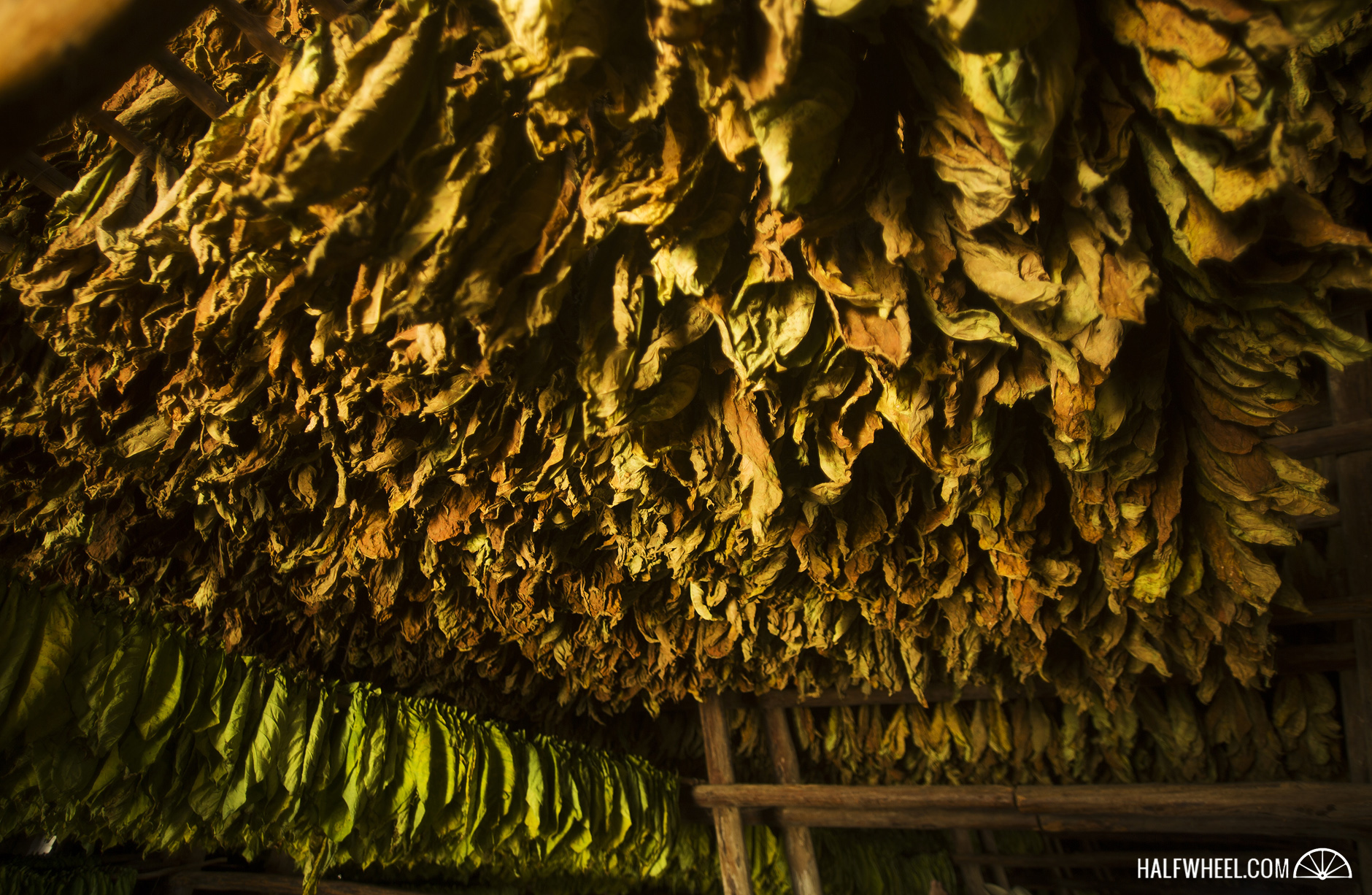
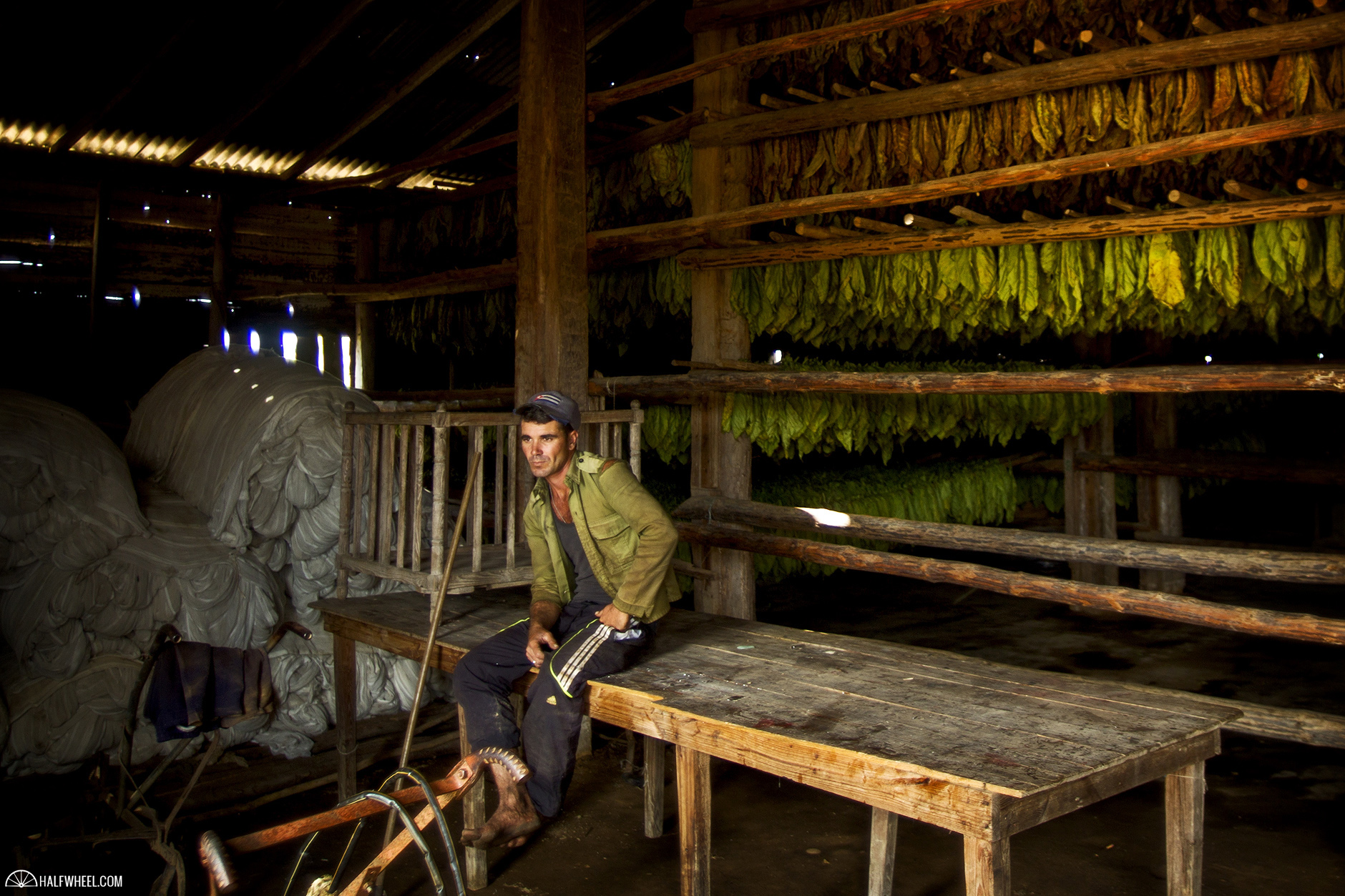
Walking back to the common area, I sat down and was given a cup of fresh fruit that was quite nice on the day that had turned warm. The owner of the farm we were visiting was Maximo Perez Maseda, and he told us that his farm included 5.47 hectares and 10 employees. I asked him how much tobacco he could grow on that much land, and he told the group that the number was approximately two tons of leaf per hectare, or about 11 tons of tobacco total.
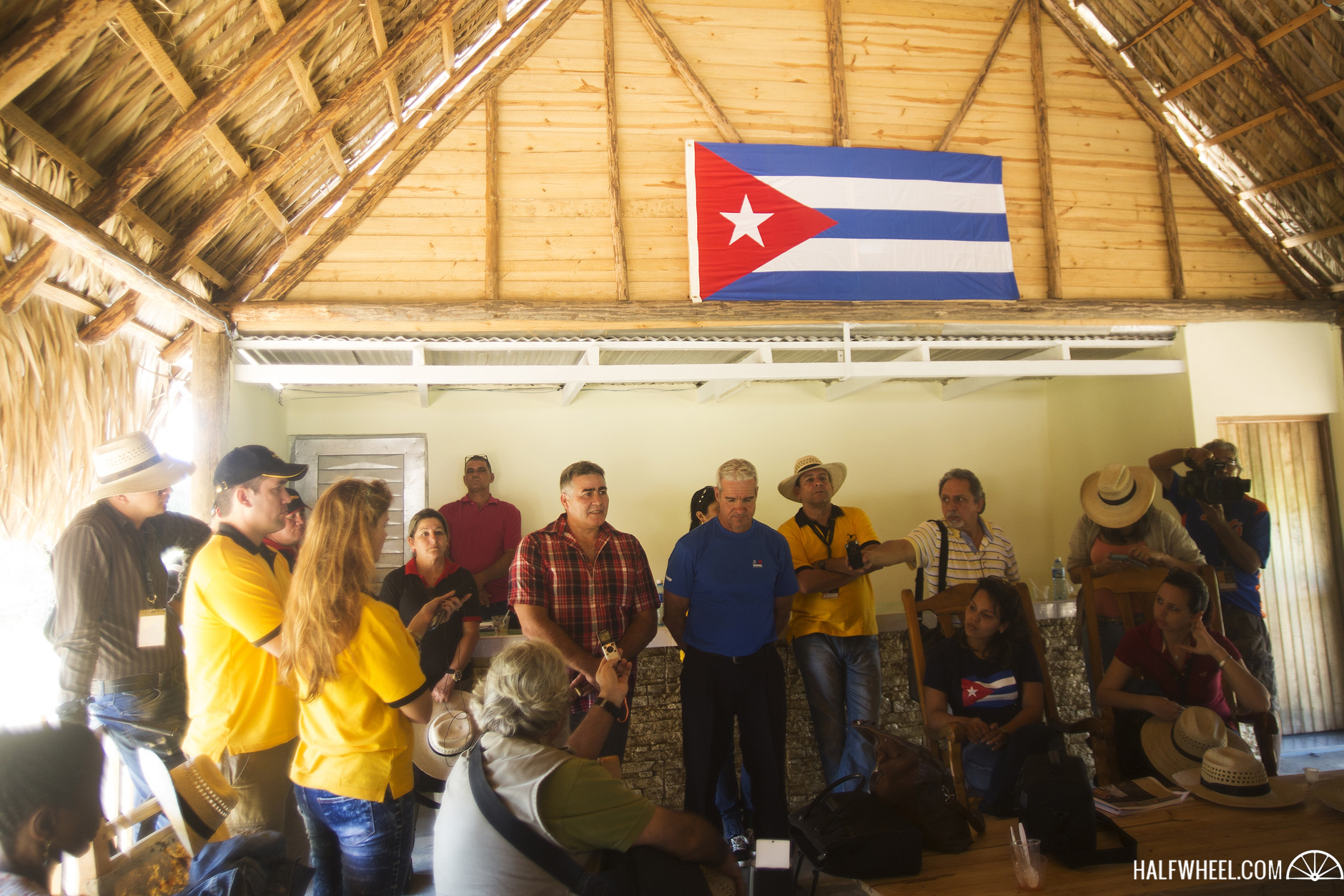
Maseda also talked about what he and his workers have been doing to cope with the damaged caused by the unusual amount of rainfall that has fallen recently, which includes shoring up the land, digging more and larger drainage ditches, among other things.
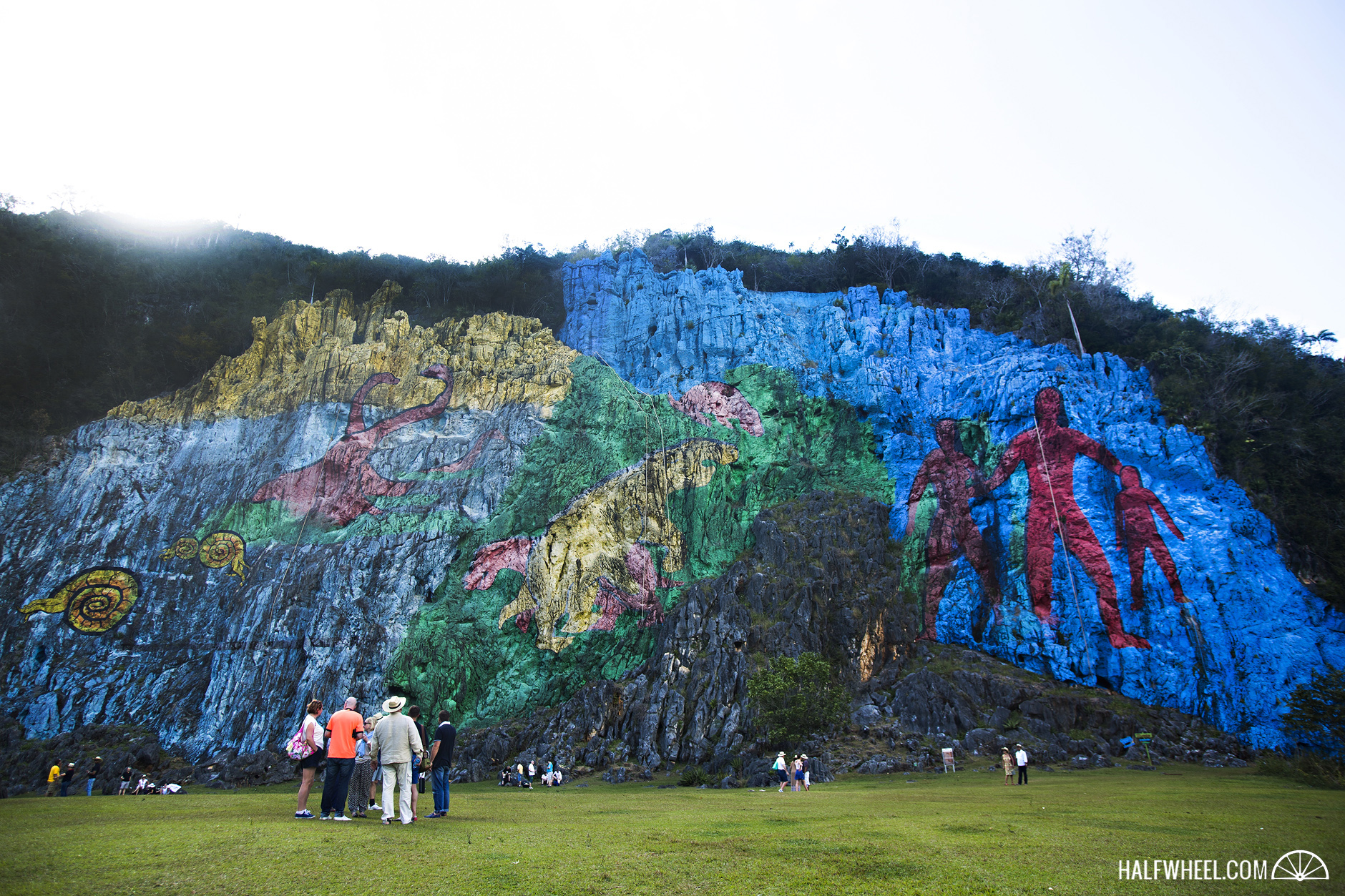
After a little more time to enjoy a cigar that was rolled with the tobacco that was grown on the farm we were visiting, we walked back to the buses and took another 1 1/2 hour drive to an outdoor installation that was located under the Mural de la Prehistoria, a mural that was painted onto a mountain face from 1960-1964. Painted by artist Leovigildo Gonzalez, the painting measures 80 meters high and 120 meters long, and depicts the evolution of life in Cuba.
After a nice lunch consisting of fresh rice, grilled pork and vegetables, we were ushered back on the bus for the 3 1/2 hour drive back to Havana, where we ended up around 8:00 p.m.

